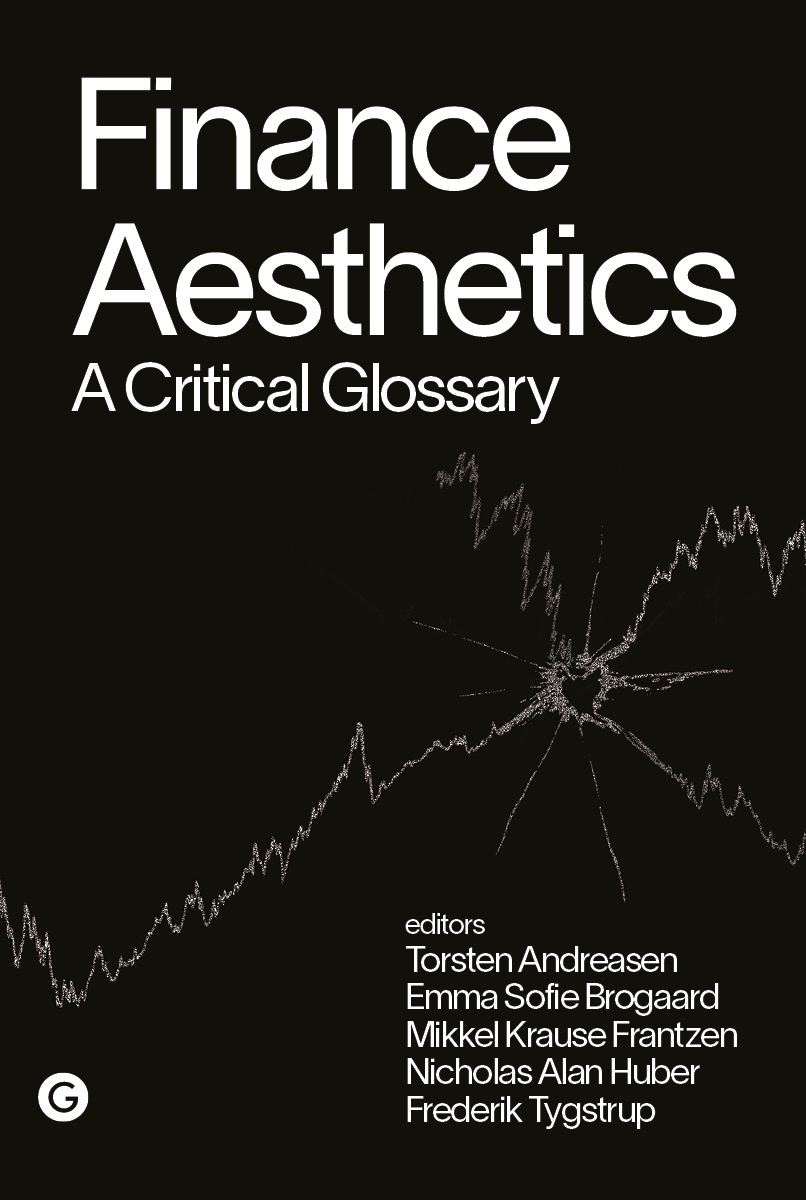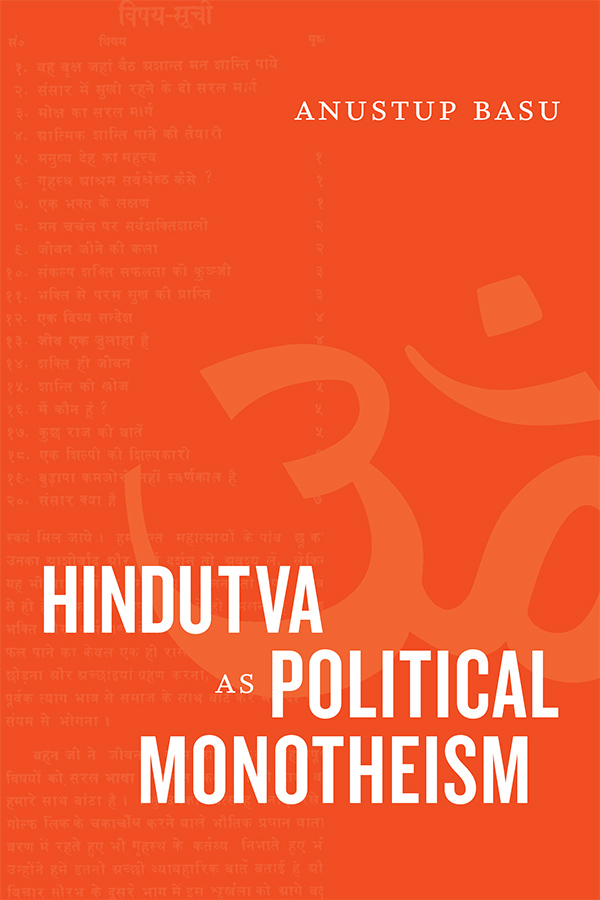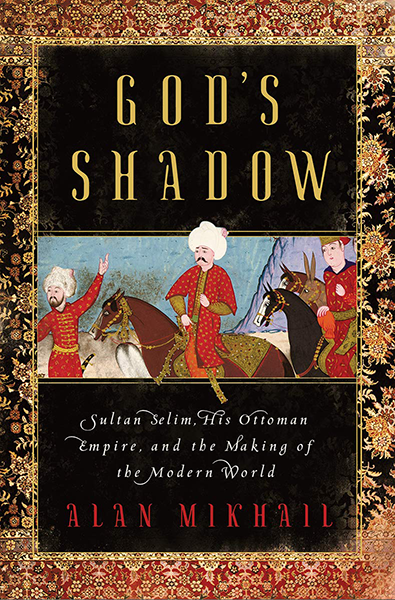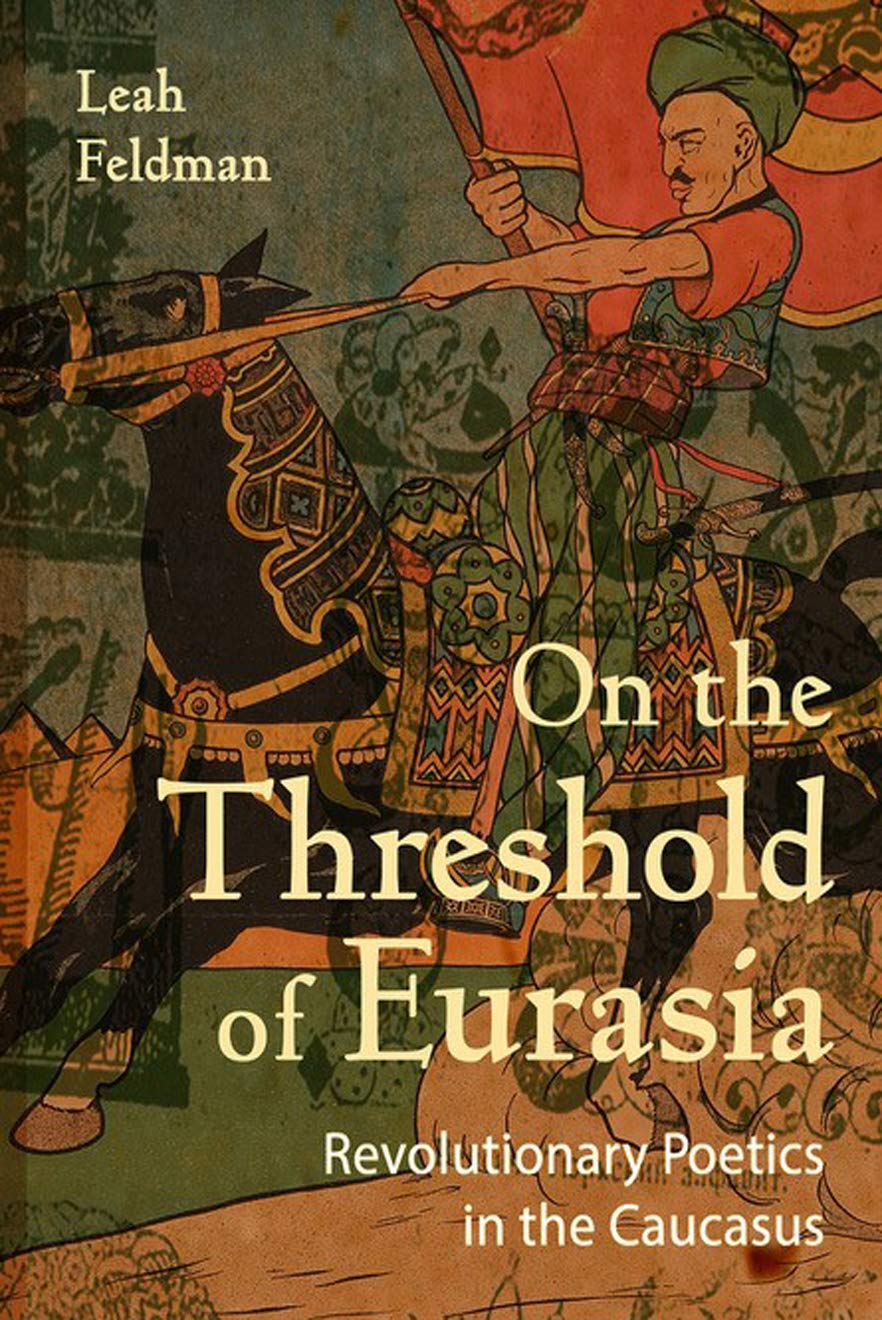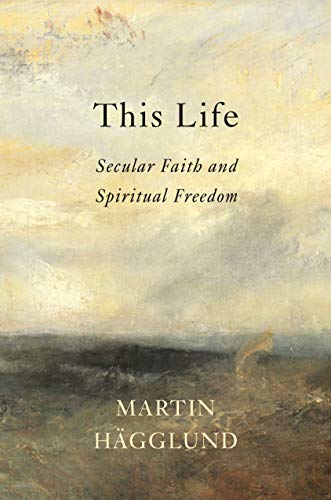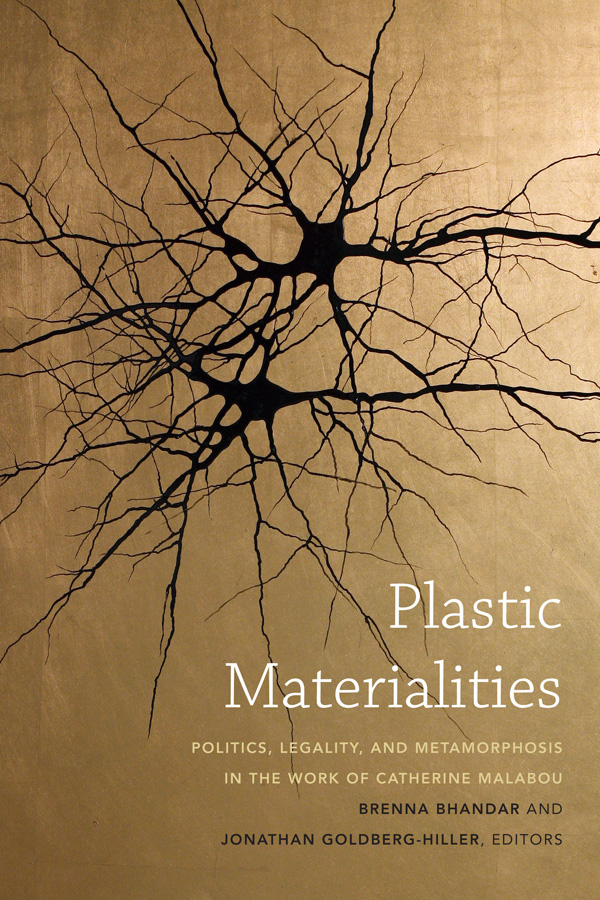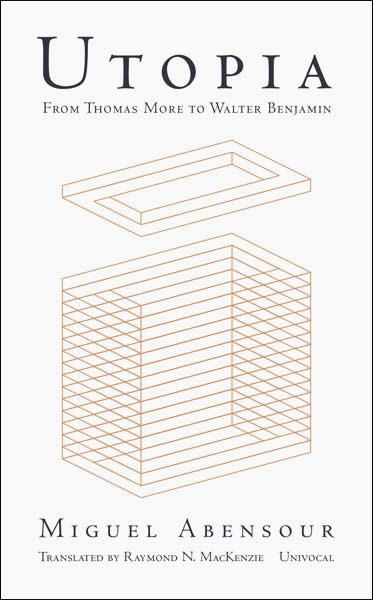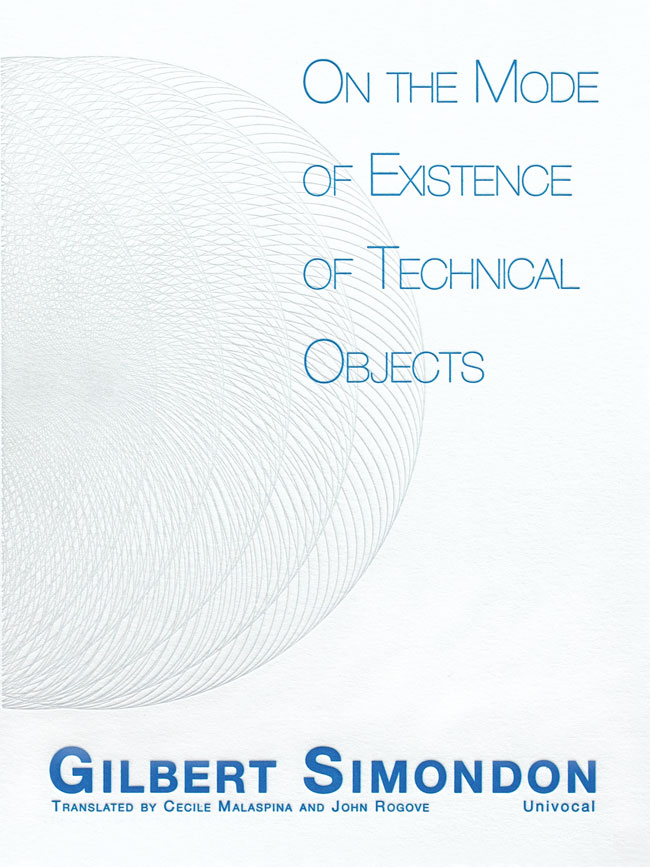This review was published as part of the b2o review‘s “Finance and Fiction” dossier.
G for Glossary: Some Thoughts on Finance Aesthetics as Cultural Logic
Arne De Boever
A Missing Term
In what follows I propose to reflect on a term that I consider to be missing from Finance Aesthetics: A Critical Glossary, a book that one of the editors of this dossier, Mikkel Krause Frantzen, co-edited, and to which I contributed a term.
That missing term is the term “glossary” itself.
Indeed, I would like to posit that a critical glossary of the kind that Frantzen and his co-editors have generated—a critical glossary of finance aesthetics–is symptomatic of the financial era itself, part and parcel of the financial mindset. I posit this based on the number of books published in the field of critical finance studies that come with a glossary. I haven’t encountered this phenomenon in any of the other fields I’ve worked in, each of which are quite technical (as any academic field is perhaps bound to be). But finance really takes the cake: it seems that it is so abstract and complex in its language that almost every book that is published about it requires a glossary. Even if you’re unfamiliar with the field, you may have come across the phenomenon in popular culture about finance: Adam McKay’s film The Big Short, for example, compiles something like a glossary over the course of its narrative, splicing in segments in which certain financial terms are explained:
This glossary phenomenon also exceeds the realm of finance. In recent years, a remarkable lot of glossaries or glossary-like books have been published, making me wonder whether it’s not just finance but the world at large that has become so abstract and complex that more and more glossaries are needed. The glossary has become something like a cultural form, perhaps reflecting or producing something like a glossary brain as the symptom (if you want to talk not just critically but also clinically) of what’s been called “the information era” and “the network society”: our contemporary, highly digitized times dominated by a form of both input and organization that doesn’t narrate but merely counts, as the philosopher Byung-Chul Han has it in his book The Disappearance of Rituals (2020). Going against the invitation of such a form, then, I propose to ask: what story does the glossary allow us to tell? What does it allow us to think?[1]
Glossary as Cultural Form
Readers of the Marxist cultural critic Fredric Jameson will recognize that kind of approach. First in an article published in New Left Review in 1984, and then later in a book published in 1991 with Duke University Press, Jameson presented “postmodernism” as “the cultural logic of late capitalism” (Jameson). A big, ambitious book that ranged across “culture”, “ideology”, “video”, “architecture”, “sentences”, “space”, “theory”, “economics”, and “film”, Postmodernism fit right in with some of the novels—say Thomas Pynchon’s Gravity’s Rainbow or Roberto Bolaño’s 2666—that are considered textbook examples of the cultural logic that Jameson considers. If I bring up Jameson’s book, it’s not to engage the text in any detail but because the question it raises—what is the cultural logic that attends any given economic formation?—is important for thinking through our contemporary moment and the glossary’s role within it.
In the Introduction to his book Glossary of Cognitive Activism (For A Not So Distant Future)—another recent example of the glossary form–the artist and theorist Warren Neidich suggests that we are now living in late cognitive capitalism (he writes specifically of a “late stage cognitive capitalism”). That era, which brings “another transformation and crisis of labor and the laborer”, is one
in which the subject will become “unsituated” and agentless. No longer posed between sensation and perception, information arising, for instance, from the Internet and virtual displays, will directly engage with the brain’s higher cortical centers, like the frontal and parietal cortices. As such it will bypass the bidirectional sensory-motor-affective schemas, embedded in its thalamocortical networks, which had facilitated its relations to the material world in the past. As a result a non-thinking zombie controlled by streams of analyzed and activated data without free choice will emerge. This constitutes the endpoint of an ontogenesis of tool use that begins in aiding the laborer to accomplish their job faster and more efficiently to one that makes them obsolete [sic]. This is especially true for the cognitive laborer or cognitariat. (Neidich xi)
Let us accept this as a more or less adequate clinical description (from a neuro-aesthetic point of view) of our current economic formation. After Jameson—an “after” that Neidich’s own Marxist orientation in this passage and his Introduction at large invites–, one would then be inclined to ask what might be the “cultural logic” that attends that formation. What is the cultural logic of the late cognitive capitalism that Neidich diagnoses?
This is where the glossary comes in. Defined as “an alphabetical list of terms or words found in or relating to a specific subject, text, or dialect, with explanations”, a glossary is effectively “a brief dictionary”, and in that sense it has some connection to the encyclopedic form that is related to the maximalist novels of postmodernism that I mentioned before. (Lists, by the way, are a typical feature of such novels—consider, for instance, Bolaño.) Etymologically, “glossary” goes back to the word “gloss”, defined as “luster or shine on a smooth surface”; “a superficially attractive appearance or impression”. The verb “gloss over” for example—“to conceal or disguise something unfavorable by treating it briefly or representing it misleadingly”—is related to “gloss” and ultimately to “glossary”, a form of writing that thus, by its very name and in its very form, treats terms briefly, perhaps even in a superficially attractive way that looks smooth and shiny, but may in fact be hiding something else.
Those descriptions could also be applied to some of Neidich’s recent artistic work: say, The Statisticon Neon (2016-2020), a sculpture that in its various iterations includes many of the terms included in Neidich’s later glossary.[2]
![]()
In the sculpture, however, those terms are diagrammed on a wall, as the glossy realization of an artwork that looks shiny and lustrous, smooth even, but is in fact showing us through the diagram it provides the dark underside of our contemporary economic, political, and aesthetic era. It’s Jeremy Bentham’s troubling panopticon—in Discipline and Punish, Michel Foucault’s diagram for disciplinary power (1978)–rethought for our age, and rendered in neon. There is a lot to unpack here, and a serious consideration of the glossary-form can guide us in that direction.
I mention all of this not to criticize Neidich’s artwork and book, but to draw out a dimension of those works that we would (after Jameson) do well to consider if we are interested in the cultural logic of late cognitive capitalism. Indeed, I want to propose that the glossary, and more broadly speaking the list, is a key component in that cultural logic, to the extent that the list-like form of Finance Aesthetics: A Critical Glossary can be said to call up a veritable listomania that is the pathological condition of late cognitive capitalist societies—from the list of unanswered emails and text messages that awaits us when we turn on our phones in the morning (this is assuming—optimistically–that you had turned it off at night), to the X feeds we generate and follow, to Amazon’s suggestions for what we may want to buy next, to Spotify’s music streaming recommendations, to the episodes of television series waiting to be binge-watched (let’s just get it over with…), to—yes—books that read like lists.
It would be wrong, of course, to limit the form of the list to the era of what Neidich calls “late cognitive capitalism”. I already pointed out that as a phenomenon of late cognitive capitalism, the list can be traced back to postmodernism and the era of late capitalism that Neidich’s phrase references, and that was Jameson’s era of focus. But any consideration of for example literary lists, which are an ancient writerly device going back in the Western literary tradition to Homeric and even Biblical times (think of the ship catalogues in Book 2 of Homer’s war epic The Iliad or the genealogical list in Genesis 10 and 11), will immediately reveal the fallacy of uniquely associating the list to the era of late capitalism, and thus marking it as postmodern, as well. Indeed, and staying with the literary for now, lists also feature in realist novels, whose aesthetic is often placed in tension with postmodernism. Clearly, it simply will not do to locate the list in any particular literary period, or associate it with any particular literary aesthetic—late capitalist, late cognitive capitalist, or whatever.
And yet, there are ways in which the list, and specifically the glossary, stand out as a typical form of our time, to the extent that the form of our lives under late cognitive capitalism at times appears to be list-like, or glossary-like: doesn’t your life sometimes begin to feel like a list of brief impressions or superficial appearances that project the shine or luster of the smooth but in fact disguise something more troubling? Think of your Instagram account, for example; what it shows, but especially what it doesn’t. Much is glossed over in such a form of life. There is no overarching narrative—just a couple of keywords with explanations–, no diagram to bring it all together, but a mere list of terms or words found in, or relating to, a specific subject—and that subject is you. The only order available, in the glossary, is that of the alphabet.
And one could even go further than that. The listomania of the present may be transforming our very brains into organs that list rather than narrate, that gloss over rather than think through, that are associated with brief impressions and superficial attractions rather than in-depth engagements. Post-critical organs, if you will, rather than critical ones (and post-criticalism may be a good name for the cultural logic of our time[3]). It’s in this overall context, within these overall transformations, that our glossary needs to be situated. Glossary, then, ought to be read as a further realization of a cultural logic that is already clinically and critically present in a work like Neidich’s Statisticon Neon. But whereas the diagram in Statisticon Neon still provides some narrative of how the terms featured in it cohere—a narrative that Neidich also performs, as a key supplement to the work–, the book form of the glossary moves further in the direction of the mere list, a formal shift that solicits our careful attention.
In the field of what’s called “theory”, Finance Aesthetics: A Critical Glossary is hardly the only recent publication to take the form of a list. I’ve already mentioned (and commented on) Neidich’s book. Emily Apter’s Unexceptional Politics also reads in this way, as a collection of loosely connected short entries that bring a change to the traditional format of the academic book (Apter 2018). It’s a form that goes back to Apter’s Against World Literature (2013), a book whose entire second part is constituted by entries that present themselves as “Keywords” (this recalls, of course, Raymond Williams’ Keywords: A Vocabulary of Culture and Society). That book came out around the time that Apter’s translation and reworking of Barbara Cassin’s Dictionary of Untranslatables was published (Cassin 2004), and it seems that the dictionary format somehow worked its way into Apter’s writing. Consider also Karen Pinkus’ Fuel: A Speculative Dictionary; or the edited collection Veer Ecology: A Companion for Environmental Thinking.
“Lists” are also a central stylistic trait of one current of contemporary theory, object-oriented ontology, where, according to Ian Bogost for example, they perform serious philosophical work. In his book Alien Phenomenology, Bogost discusses what he calls “ontography” “as a name of a general inscriptive strategy, one that uncovers the repleteness of units and their interobjectivity … Like a medieval bestiary, ontography can take the form of a compendium, a record of things, juxtaposed to demonstrate their overlap and imply interaction through collocation” (Bogost 38). “The simplest approach to such recording,” Bogost observes towards the end of his paragraph, “is the list, a group of items loosely joined together not by logic or power or use but by the gentle knot of the comma” (Bogost 38). He suggests in his chapter that the exploded-view drawing, invented in the Renaissance, is a kind of visualization of an OOO list in which “everything sits suspended” (Bogost 50).
This isn’t exactly the same as the glossary—but it is formally similar, there is an isomorphy here that deserves to be considered. And of course the question that I am asking is to what extent the list, as a philosophically serious and thus critical (or perhaps better, post-critical?) tool in OOO, is also a clinical symptom of the information era.[4]
While those examples of theorists working with lists or glossaries are chosen almost at random, the format seems widespread enough—and the attention that the list has received is large enough—to warrant my claim about the glossary as a cultural logic. One can think, for example, of Eva von Contzen’s “listology” project, which is supported by a grant from the European Research Council of 1.38 million euros over a period of five years.[5] It’s enough to make one wonder not so much whether academics can’t write books anymore (though this may be part of the condition we are diagnosing) but whether, in this new form of the glossary and the list that they have chosen, something like a cultural logic might be at work—the cultural logic of the very economic era that, in our glossary, the form of the list seeks to capture.
The spin on the glossary and the list that I’ve given so far (with the goal of provoking you a little bit, of course) is the pathological one—the glossary or list as the pathological form of the era of late cognitive capitalism. But although pathology is part of the glossary-form and the list-form, it cannot tell the whole story. For when we’re putting together or contributing to a book like Finance Aesthetics: A Critical Glossary, we obviously do not only think of the glossary as a pathological form but also as a kind of tool or even weapon that enables activists to find a new poetry, a new common language to talk about our contemporary situation (or un-situation, as Neidich puts it). It’s also the first step towards a narrative moment that we hope will follow.
Towards a Glossopharmacology
By thinking of the glossary as a kind of “arsenal of concepts” (as Bernard Stiegler might allow us to call it; when he uses this phrase in his work, he has in mind concepts for artists in particular, artists who are working “neganthropically” [Stiegler’s coinage] against what he calls the entropic dissipation or fall of spirit in the digital era), I am now trying to draw out the other side of the glossary-form’s politics. I do so in light of the recent revival of a “political formalism”, a thinking about the politics of forms—rather than about the politics of formlessness that is characteristic of much “theory”.[6] (Stiegler’s neganthropy is precisely about that: about thinking form against entropic formlessness.) That means to think across aesthetics and politics to assess the positive/ affirmative politics of forms—in this case, the politics of the glossary-form and, by extension, of the glossary brain. I mention Stiegler because the glossary-form is important for thinking what I would characterize as the pharmacology of the late phase of Stiegler’s work. I am trying to think a pharmacology of the glossary, a glossopharmacology, which is operative in Stiegler’s own work.
Consider, for example, how in Stiegler’s book The Neganthropocene there are many indications that the author was perpetually running out of time. “Had there been time” (Stiegler 2018, 102), “but, unfortunately, I’m out of time” (Stiegler 128), “If we had more time” (Stiegler 2018, 129), and again “If we had more time” (Stiegler 2018, 131): these are just some of the phrases that punctuate the talks that are collected in this book. Reading the talks that Daniel Ross edited, translated, and introduced for this collection, one gets the impression that one of the reasons Stiegler was running out of time was the burden, if I can put it that way, of his thought itself and especially of the elaborate terminology in which and through which it developed. The term “neganthropocene” is part of that terminology; but any page in the book by that title will reveal many more such terms, with sentences at times appearing to have been put together with jargon alone:
The epiphylogenetic supplement thus inscribes a bifurcation in vital différance, where it makes an exosomatic différance, which in the Upper Palaeolithic becomes that which makes a noetic différance—by passing through hypomnesic tertiary retention. (Stiegler 2018, 221)
Always the poetic inventor of philosophical concepts, Stiegler had by the time of the Neganthropocene lectures arrived at a stage where his reliance on what preceded, the fact that when he was speaking he was developing further a thought that had already started, actually risked to prevent him from getting something new across, especially to those not familiar with his work. A lot of his time was taken up by explaining what he had already accomplished (often with reference to other lectures given elsewhere, and sometimes with reference to unpublished work), and introducing his audience to the vocabulary of his thought. The beginnings of his lectures often involve a summary of what’s preceded (in no less than “12 points” [Stiegler 2018, 93], for example); for the non-initiated, they can come across as a language lesson. To think with Stiegler one has to learn Stieglerese. Anyone who has tried to write about or teach the late Stiegler—consider unpacking the passage I quoted about with a group of students–will know what I mean.
I remember this very issue—Stiegler’s terminology, the increasingly intricate language of his quickly developing thought (he wrote and published at a rate that made some of his fellow philosophers suspicious about the quality of his work)—being a topic of after-hour garden conversations at Cerisy-la-salle, when both Stiegler and I were guests there for the “Décade” on the work of Gilbert Simondon. This was around the time that Stiegler’s book Pharmacologie du Front National had been published (Stiegler 2013). It came, tellingly, with a “Vocabulaire d’Ars Industrialis” (written by Victor Petit), a glossary of the key terms not just of the political organization he co-founded but also—by extension—of his thought. This was also around the time when he was starting his philosophy school in Épineuil-le-fleuriel, and both the book on France’s National Front (now National Rally) party and the plans for the school revealed a concerted effort to translate his thought to readers not necessarily specialized in academic philosophy.
The addition of a glossary indicated, however, some sense of concern about accessibility: developing a new thought always requires developing a new language, but Stiegler seems to have realized that his work, as a poetic intervention, had begun to spiral terminologically to such an extent that it may have reached a high step-in threshold that prevented him precisely from getting the general reader on board. One could consider this an example of how the tertiary retention of poetic philosophical writing operates pharmacologically to produce the very opposite of the noesis to which it aspires. And if you didn’t quite get that: that’s precisely my point. We’re arriving at a phase of thought in which the terminology becomes a burden, and a glossary is needed. It’s the thin line between a conceptual arsenal and the potentially pathological aspects of a list of concepts—and this is where I would situate the financial glossary.
So, as a kind of provisional conclusion, I would say that broadly speaking, and by way of the glossopharmacology that I’ve developed after Stiegler, an analysis of today’s listomania—of the ways in which our lives, and possibly our very brains, are starting to operate in the glossary-form—would need to include two components, one clinical, the other critical.
- On the one hand, and this is the clinical component, the list is the symptom of an era in which, as per Neidich’s description, the subject becomes “‘unsituated’ and agentless”, a transformation that is closely linked to the information era and the rise of the internet, digital image culture, social media networks, digital devices, and so on and so forth. That transformation has had an effect not just on our lives, but— Neidich argues, and research has shown—on our very brains. Neidich’s conclusion does not miss the mark: as a consequence of that transformation, a “non-thinking zombie” will be produced, “controlled by streams of analyzed and activated data” and “without free choice”. I am suggesting that the glossary, tied to today’s societies of information overload, formalizes the cultural logic of that un-situation of the subject—something that Neidich does not state explicitly, but that lies nevertheless contained in his work, for example in Statisticon Neon and in Glossary. While those works contribute to the critical analysis of late cognitive capitalism and its culture, we need to acknowledge that they are also a product of both—their very form already expresses, in its analysis, the cultural logic of the era. This reveals those works to us as symptomatic, as part and parcel of our era’s listomania. Neidich but also we ourselves by consequence, appear in this un-situation as a listo- or glosso-maniacs, suffering from a kind of “mental illness marked by periods of great excitement or euphoria, delusions, and overactivity” (as an online definition of mania has it)—critics of the culture but, to recall Theodor Adorno’s comments on “cultural criticism”, very much part of the culture we criticize. The shiny, lustrous smoothness of both Statisticon Neon and Glossary can thus be understood in the context of what Byung-Chul Han has characterized as a society of the smooth (Han 2018), where the absence of injury risks to ultimately lead to the absence of poetry, art, thought and existence. It’s the neon society of superficial impressions and brief attractions. Life as we know it on Instagram.
This is not the life of the book—of the narrative or the thought that demands a longer attention-span. We are in the realm of tweet-fiction, of the short story at best, of the novel reconceived as a collection of loosely connected tales that are written with an eye on their future adaptation into a television series. No need to set aside a few hours to dedicate to reading. The time between two zoom meetings or subway stops or art openings will do. It’s the glossy life, made up of keywords that are good conversational value at the next vernissage or finissage.
Not all of this is bad. Laments about the effect on our attention-spans of significant transformations in the media are legion; there were the same warnings when the novel itself was becoming established as a genre (see, for example, Carr). In some ways this is just the progress of time, the transformation of the contemporary media-scape, and its concomitant effects on our lives and brains. In some ways it is about the always-in-progress generation of our future brains, which will inevitably be different from our past brains (how could it be otherwise?). Not all of this is uniquely tied to the era of late cognitive capitalism—the short story, for example, obviously exceeds that time period. In many ways, then, all of this is normal, and nothing to worry about; criticisms of the glossy life may just be conservative and cantankerous responses to the inevitable progress of time. Consider me guilty.
- One thing ought to be clear, however: that a laissez faire attitude towards the developments that the various glossaries I’ve commented on chart, might underestimate the gravity of our “un-situation”. In other words, there very much is something to worry about, and we need to become activists in response. This is the critical component (the “other hand” of what I announced above) of the glossary. For the interesting thing about glossaries—and this is the other side of today’s listomania—is that they are also the weapons that are mobilized to counter the very developments that produced them: there is a dialectic of the glossary here that allows the glossary to be mobilized against the very forces that produced it. The poison thus becomes the cure in a kind of pharmacology of the list.
To sum up: in glossaries, editors and authors lay out our time’s terms of analysis, and hint at how they are connected (how they are to be diagrammed, or put together as part of a narration). Part symptom, but also pitched as part of the solution, glossaries seek to provide, then, something like a new, and unknown language, a kind of glossolalia, that would open up an understanding of our contemporary list-like, glossary-like, times, and enable a resistance to them. Glossaries realize such a project both through their content and their form. Importantly, the resistance they propose does not strike from the outside but from within. Rooted in a deep understanding of what it counters, a critical glossary would not be a knee-jerk response that simply rejects what it resists. Rather, it promises to take on that very thing in order to assume agency over it, and make it ours.
Arne De Boever teaches contemporary comparative fiction, literary theory, and aesthetic and political philosophy in the School of Critical Studies and the MA Aesthetics and Politics program at the California Institute of the Arts. His most recent book is Post-Exceptionalism: Art After Political Theology (Edinburgh University Press, 2025). De Boever is part of the boundary 2 editorial collective and co-edits boundary 2 online.
References
Apter, Emily. Against World Literature: On the Politics of Untranslatability. New York: Verso, 2013.
—. Unexceptional Politics: On Obstruction, Impasse, and the Impolitic. New York: Verso, 2018.
Boever, Arne De. “Giorgio Agamben’s Political Formalism”. Distinktion 23: 2-3 (2022): 259-273.
Bogost, Ian. Alien Phenomenology or What It’s Like to Be a Thing. Minneapolis: University of Minnesota Press, 2012.
Carr, Nicholas. The Shallows: What the Internet is Doing to Our Brains. New York: Norton, 2011.
Cassin, Barbara. Dictionary of Untranslatables: A Philosophical Lexicon. Ed. and Trans. Emily Apter, Jacques Lezra, Michael Wood. Princeton: Princeton University Press, 2004.
Cohen, Jeffrey Jerome and Lowell Duckert, eds. Veer Ecology: A Companion for Environmental Thinking. Minneapolis: University of Minnesota Press, 2017.
Foucault, Michel. Discipline and Punish: The Birth of the Prison. Trans. Alan Sheridan. New York: Vintage, 1978.
Han, Byung-Chul. Saving Beauty. Trans. Daniel Steuer. Cambridge: Polity, 2018.
—. The Disappearance of Rituals: A Topology of the Present. Trans. Daniel Steuer. Cambridge: Polity, 2020.
Jameson, Fredric. Postmodernism, or, The Cultural Logic of Late Capitalism (Durham: Duke University Press, 1991.
Kornbluh, Anna. Immediacy or, The Style of Too Late Capitalism. New York: Verso, 2023.
Liming, Sheila. “Fighting Words”. Los Angeles Review of Books, 12/14/2020, accessible: https://lareviewofbooks.org/article/fighting-words/.
Neidich, Warren. Glossary of Cognitive Activism (For a Not So Distant Future). Berlin: Archive Books, 2019.
Pinkus, Karen. Fuel: A Speculative Dictionary. Minneapolis: University of Minnesota Press, 2016.
Stiegler, Bernard. Pharmacologie du Front National. Paris: Flammarion, 2013.
—. The Neganthropocene. Ed. and Trans. Daniel Ross. London: Open Humanities Press, 2018.
Tucker-Abramson, Myka. “Make Literary Criticism Great Again”. boundary 2 online, 09/26/2018, accessible: https://www.boundary2.org/2018/09/myka-tucker-abramson-make-literary-criticism-great-again-review-of-david-alworths-site-reading-fiction-art-social-form/.
Williams, Raymond. Keywords: A Vocabulary of Culture and Society. New York: Oxford University Press, 1985.
[1] Here it is worth noting the importance of the list, a term that will appear in my argument momentarily, in Anna Kornbluh’s work on immediacy as the “style of too late capitalism” (Kornbluh 175ff). Indeed, I have no hesitation in positing the glossary as one indication of immediacy as the style of our time.
[2] The sculpture has various iterations. For the work from 2016, see: https://www.warrenWarren.com/01-Warren-statisticon-neon-2016/. For the work from 2020, see: https://vimeo.com/496263760.
[3] I am evoking the rise of post-critique in academic discourse. For two critical takes, see: Tucker-Abramson, 2018; Liming, 2020.
[4] We shouldn’t forget Bogost’s ties to video-game culture and the centrality of the Cold War as a reference point in his thought–especially in Alien Phenomenology, which begins with a Cold War story from Bogost’s childhood. It would be interesting to place next to each other Neidich’s Statisticon Neon, Bogost’s exploded-view drawing (with its Cold War resonances), and a work by Jackson Pollock, and note the CIA’s interest in Pollock’s so-called automatic painting–because of the patterning that it produced. So there are connections here between Pollock, the Cold War moment, and algorithmic governance in the information era that interests Neidich.
[5] See: https://www.listlit.uni-freiburg.de/.
[6] On this, see Boever 2022.
